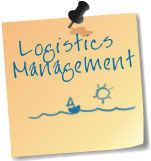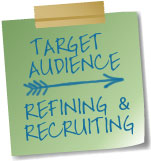 Target Audience - Refining & Recruiting
Target Audience - Refining & Recruiting
Cast a narrow net. First identify what you know about the target audience, such as their demographic profile and geographic location; then add in their behavior, their preferences, their attitudes, and their habits. Now lure them with healthy incentives to join the in-depth exploratory research. Only talking to the correct audience matters; otherwise you’ll end up throwing the results back in the water.
Logistics Management
Recruiting, incentives, location and details of the research. Is it online? Is it with a respondent in another country? Is it in a traditional research facility with a one-way mirror, on the road talking to business travelers, or in your office with live-feed viewing from another conference room? Is it in your target audience’s living room or native environment? Whatever specifics your project dictates, the details are tended to while keeping the big picture in focus.
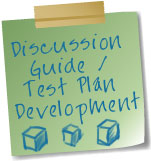 Discussion Guide / Test Plan Development
Discussion Guide / Test Plan Development
Sticking to the script vs. knowing when to wing it. This is the delicate balance that the design of your research session requires: let respondents lead the discussion – yet keep the conversation productive and focused on your issues. Mapping out how to ask difficult and sensitive questions and getting past the courtesy responses; digging into the motives beneath the behavior and creating situations that allow the respondent to articulate it perfectly for you and your stakeholders. This is the art of a discussion guide.
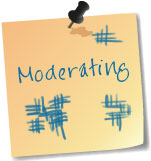 Moderating
Moderating
Moderating. You can’t tell when a good actor is acting. And anyone with decent social skills and a brain should be able to lead a focus group or conduct usability studies, right? Not quite. Good moderators make it look easy; they know when to probe, when to sit back and listen, when to call someone’s bluff. And, unlike the product design team, they have the benefit of not being “invested” in the success of what is being tested, keeping results and recommendations objective.
 Debriefing
Debriefing
On the spot, or the following morning, get the team together and communicate concerns and early observations. In qualitative research, stakeholders tend to hear what they want to hear and it’s important to put everything out on the table immediately. Get the “first take” and feel confident making decisions immediately on the “low hanging fruit.” The detailed report will come, but as a group, determine what needs to be addressed as soon as possible and don’t lose time waiting for the final report.
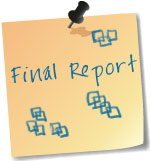 Final Report
Final Report
The analysis, the details, the documentation, the final word. The report is delivered with verbatim quotes from respondents, color commentary on the issues explored, decisive recommendations based on the business objectives of the research and factual, compelling data.

